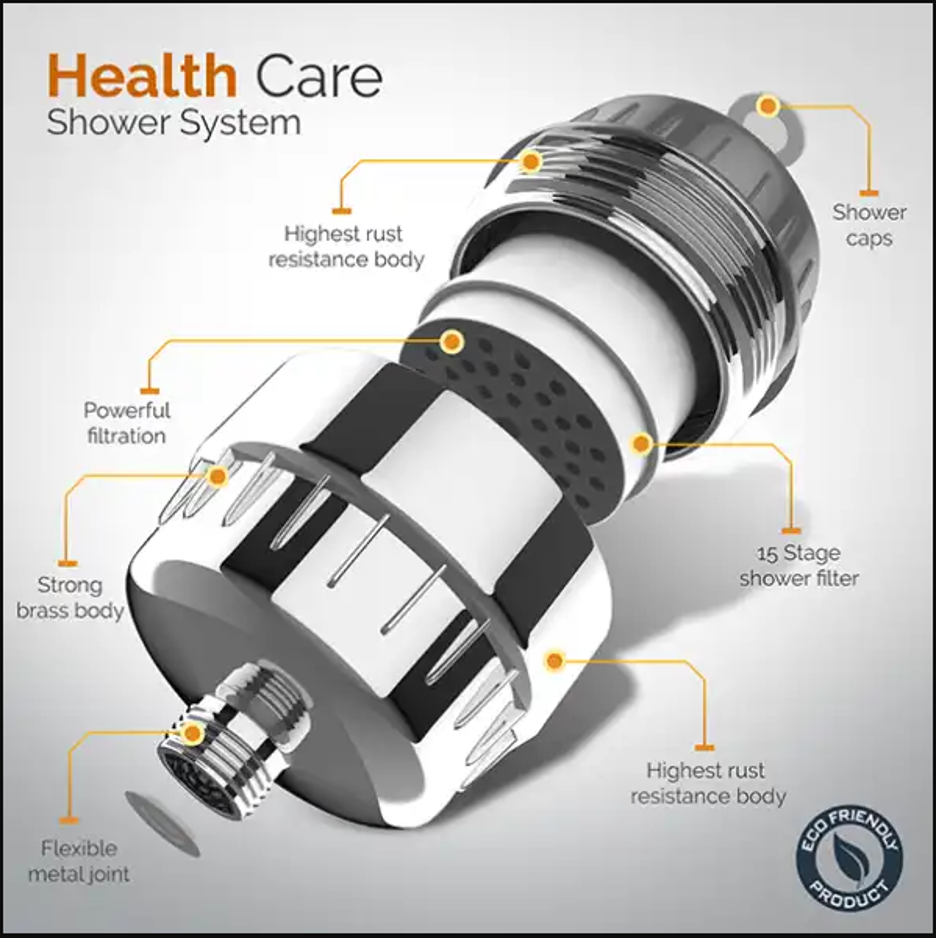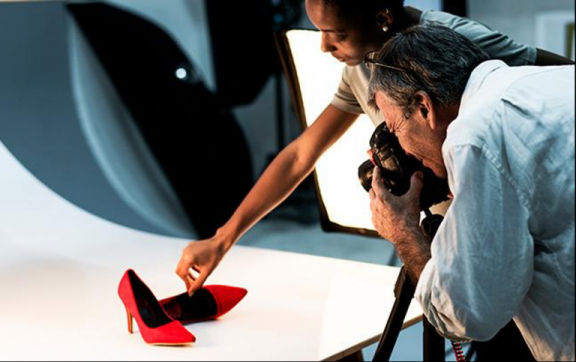Undoubtedly, the Amazon business model is a specimen of ingenuity for everyone. When we say this, we’re already articulating the obvious here.
Undoubtedly, the Amazon business model is a specimen of ingenuity for everyone. When we say this, we’re already articulating the obvious here. Have you ever wondered what’s so eccentric about Amazon’s product pages that they shine distinctive and spur conversions in today’s competitive world? After completing 25,000 amazon listing images, our analysis indicates some fascinating takeaways worth discussing with you.
Superior Visuals and customer feedback are the culminating arguments behind every buyer purchasing your product. These attributes provide the users with a full-fledged view of what the product is and if it’s likable or not. Also, consistency of content matters since it can improve product page quality and outwit potential competition. Based on our experience. Here are five vital aspects that you must know if you’re looking forward to successfully listing your product images on Amazon.
Always do split testing
Split testing, also called A/B testing, is a proven way to determine, in our case, what visuals can substantiate sales. One of the most critical determinants of what is considered to be a good listing is its CTR or Click Through Rate. Typically, your CTR quality is based on five factors, including the main image, title, review, price, and the best seller or Amazon Choice Badge.

There are two proven ways to split test images that yield consistent results. One way is to put image A on Amazon for 30 days, followed by image B for the same number of days, and analyze which image is getting more clicks. Use the image with a higher number of clicks or a better CTR as your amazon listing image. An important reminder here is that since Amazon gives you no control when it comes to split testing, you need to make sure that you rotate them over time. The other way is to use software like PickFu, which generates results in minutes. Stats never lie, but as our experience of working with sellers shows that their perception of product images, more often than not, does get the better of them. As an Amazon seller, you need to rely more on data and not on perception.
Consider 3D Rendering
You have probably seen those flawless images on Amazon and wondered where they are getting their photography done from. The fact is that those sellers are getting their images 3D rendered. 3D rendering is a process of creating virtual images of the product with the aid of software like 3DS Max. Once the 2D model of the product is created using computer software, it is then rendered to create a 3D version of it.

3D Rendering on Amazon qualifies as a competitive stance for brands to take complete advantage of portraying their products in a better way. With consumers reacting more to emotional triggers rather than rational ones, it turns out that the top brands use emotional triggers to convince their buyers into making decisions. Not only does this substantiate the probability of the product purchase, but it also contributes to increased sales.
As with contemporary photography, it’s impossible to give the buyer a complete view of the product’s features and looks with a single photo. We have come across products where sellers ran into all sorts of trouble. Not all products are fit for digital product photography; take products with reflective surfaces as a quick example. This is where 3D rendering works its magic, with the added benefit of allowing you to take product shots from multiple angles. With digital product photography, it would not only take ages but cost a fortune. With 3D rendering, you have only one 3D model, ready to portray every angle of the product. You also won’t have to ship the product to take multiple pictures of it, which again only increases cost.
Not sure where to get 3D rendering for Amazon products? Check out our exclusive Amazon 3D rendering service.
Infographics Matter
You must have come across the saying: “A picture is worth a thousand words.” This phrase is entirely true for Amazon and the marketed products. When you are selling something digitally, the only way that you can visualize your product to the buyer is through images, and amazon infographics are the secret to increasing your sales and conversions.
Our experience in the industry has taught us that you can lure the customer towards your product, service, or brand through visually appealing content with infographics. If the infographic is fabricated with precision, it can prove to be a useful tool for brand description. We can safely vouch that infographics not only spiral brand awareness but also create inbound marketing opportunities.
High-Quality
Amazon has clearly marked guidelines for Amazon product photography that must be acknowledged. Often, product retailers, due to a lack of quality photography, cannot generate optimal online sales. This is where a 3rd party seller can be useful. They have in-house professional photographers capable of capturing the exact product photos with immense selling potential. What’s even better is outsourcing these services, which prevents the loss of unnecessary time, so that you can focus on your core competency, your product!
Think Outside the box
Over the years, a lot of ground has been covered, and the foundation for flawless Amazon product listing techniques has been laid. Based on what we have learned, it’s vital to explore new ways of making well-designed listing images instead of following the contemporary practices that most sellers go for. There are many new sellers out there who try to follow the trend by copying best sellers. However, with our experience, we can safely vouch that we have seen many new sellers become trendsetters by coming up with a new approach to Amazon listing images.
With testing multiple images, it’s essential to go through small changes and bear with an adequate amount of time to see whether those changes are impacting as you imagined or there’s a need to revert. Therefore, it’s suggested to test only one element and avoid getting into the mess of multiple items, as they may impact your overall listing.
Source: https://www.amzonestep.com/blog/lessons-learned-after-creating-25000-amazon-listing-images/





